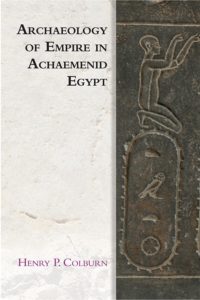I highly recommend Nathanael Andrade’s recent piece in Eidolon entitled “Voices In The Margins: Classics’ Suppression of Ancient Roman Writers of Color.” Although I am broadly sympathetic to its goals and standpoint I am not a frequent reader of Eidolon (I don’t have time to read anything that isn’t scholarship or science fiction), but Andrade’s essay, which I encountered quite by accident, eloquently expresses concerns that I share, using the racial identity of Lucian as his case study.
Frankly I have always imagined Lucian as a white guy, because, well, he quacks like a duck, so to speak. Andrade effectively demonstrates a few things. First, historically Lucian has been regarded not as ‘white’ but as ‘Oriental.’ Second, my unconscious perception of Lucian as white has nothing to do with what I know of his upbringing or what I read in his work, and everything to do with the nature of Classics as a discipline. I only ever read Lucian in the company of white people, and since the topic of race was never raised in any of my classes or in Lucian’s own work I simply defaulted to an image of whiteness.
I heartily agree with Andrade’s call to normalize diversity in Classics. I’m not really sure how to do it, but I think that recognizing my own unconscious assumptions about race is a good place to start.

